ZHCSF79B March 2016 – May 2016 TPD1E01B04
PRODUCTION DATA.
- 1 特性
- 2 应用
- 3 说明
- 4 修订历史记录
- 5 Pin Configuration and Functions
- 6 Specifications
-
7 Detailed Description
- 7.1 Overview
- 7.2 Functional Block Diagram
- 7.3
Feature Description
- 7.3.1 IEC 61000-4-2 ESD Protection
- 7.3.2 IEC 61000-4-4 EFT Protection
- 7.3.3 IEC 61000-4-5 Surge Protection
- 7.3.4 IO Capacitance
- 7.3.5 DC Breakdown Voltage
- 7.3.6 Ultra Low Leakage Current
- 7.3.7 Low ESD Clamping Voltage
- 7.3.8 Supports High Speed Interfaces
- 7.3.9 Industrial Temperature Range
- 7.3.10 Easy Flow-Through Routing Package
- 7.4 Device Functional Modes
- 8 Application and Implementation
- 9 Power Supply Recommendations
- 10Layout
- 11器件和文档支持
- 12机械、封装和可订购信息
6 Specifications
6.1 Absolute Maximum Ratings
over operating free-air temperature range (unless otherwise noted)(1)| MIN | MAX | UNIT | ||
|---|---|---|---|---|
| Electrical fast transient | IEC 61000-4-5 (5/50 ns) | 80 | A | |
| Peak pulse | IEC 61000-4-5 power (tp - 8/20 µs) | 27 | W | |
| IEC 61000-4-5 current (tp - 8/20 µs) | 2.5 | A | ||
| TA | Operating free-air temperature | –40 | 125 | °C |
| Tstg | Storage temperature | –65 | 155 | °C |
(1) Stresses beyond those listed under Absolute Maximum Ratings may cause permanent damage to the device. These are stress ratings only, which do not imply functional operation of the device at these or any other conditions beyond those indicated under Recommended Operating Conditions. Exposure to absolute-maximum-rated conditions for extended periods may affect device reliability.
6.2 ESD Ratings
| VALUE | UNIT | |||
|---|---|---|---|---|
| V(ESD) | Electrostatic discharge | Human-body model (HBM), per ANSI/ESDA/JEDEC JS-001(1) | ±2500 | V |
| Charged-device model (CDM), per JEDEC specification JESD22-C101(2) | ±1000 | |||
(1) JEDEC document JEP155 states that 500-V HBM allows safe manufacturing with a standard ESD control process.
(2) JEDEC document JEP157 states that 250-V CDM allows safe manufacturing with a standard ESD control process.
6.3 ESD Ratings—IEC Specification
| VALUE | UNIT | |||
|---|---|---|---|---|
| V(ESD) | Electrostatic discharge | IEC 61000-4-2 contact discharge | ±15000 | V |
| IEC 61000-4-2 air-gap discharge | ±17000 | |||
6.4 Recommended Operating Conditions
over operating free-air temperature range (unless otherwise noted)| MIN | MAX | UNIT | ||
|---|---|---|---|---|
| VIO | Input pin voltage | –3.6 | 3.6 | V |
| TA | Operating free-air temperature | –40 | 125 | °C |
6.5 Thermal Information
| THERMAL METRIC(1) | TPD1E01B04 | UNIT | |
|---|---|---|---|
| DPL (X2SON) | |||
| 2 PINS | |||
| RθJA | Junction-to-ambient thermal resistance | 582 | °C/W |
| RθJC(top) | Junction-to-case (top) thermal resistance | 264.5 | °C/W |
| RθJB | Junction-to-board thermal resistance | 394.4 | °C/W |
| ψJT | Junction-to-top characterization parameter | 36.4 | °C/W |
| ψJB | Junction-to-board characterization parameter | 394.4 | °C/W |
| RθJC(bot) | Junction-to-case (bottom) thermal resistance | n/a | °C/W |
(1) For more information about traditional and new thermal metrics, see the Semiconductor and IC Package Thermal Metrics application report, SPRA953.
6.6 Electrical Characteristics
over operating free-air temperature range (unless otherwise noted)| PARAMETER | TEST CONDITIONS | MIN | TYP | MAX | UNIT | |
|---|---|---|---|---|---|---|
| VRWM | Reverse stand-off voltage | IIO < 10 nA | –3.6 | 3.6 | V | |
| VBRF | Breakdown voltage, IO pin to GND | Measured as the maximum voltage before device snaps back into VHOLD voltage | 6.4 | V | ||
| VBRR | Breakdown voltage, GND to IO pin | –6.4 | V | |||
| VHOLD | Holding voltage | IIO = 1 mA, TA = 25°C | 5 | 5.9 | 6.5 | V |
| VCLAMP | Clamping voltage | IPP = 1 A, TLP, from IO to GND | 7 | V | ||
| IPP = 5 A, TLP, from IO to GND | 9.2 | |||||
| IPP = 16 A, TLP, from IO to GND | 15 | |||||
| IPP = 1 A, TLP, from GND to IO | 7 | |||||
| IPP = 5 A, TLP, from GND to IO | 9.2 | |||||
| IPP = 16 A, TLP, from GND to IO | 15 | |||||
| ILEAK | Leakage current, IO to GND | VIO = ±2.5 V | 10 | nA | ||
| RDYN | Dynamic resistance | IO to GND | 0.57 | Ω | ||
| GND to IO | 0.57 | |||||
| CL | Line capacitance | VIO = 0 V, f = 1 MHz, IO to GND TA = 25°C |
0.18 | 0.20 | pF | |
6.7 Typical Characteristics
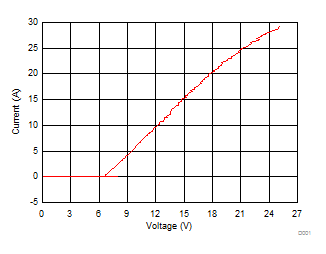
A.
Figure 1. Positive TLP Curve
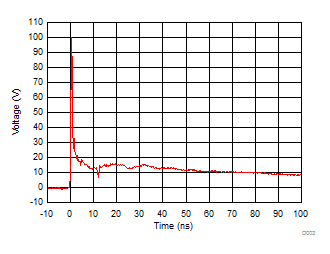 Figure 3. 8-kV IEC Waveform
Figure 3. 8-kV IEC Waveform
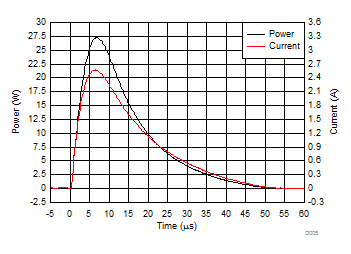 Figure 5. Surge Curve (tp = 8/20µs), IO pin to GND
Figure 5. Surge Curve (tp = 8/20µs), IO pin to GND
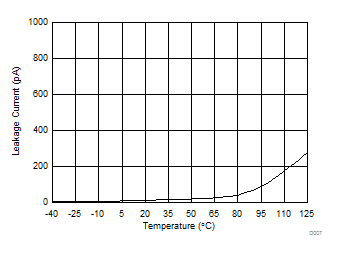 Figure 7. Leakage Current vs. Temperature
Figure 7. Leakage Current vs. Temperature
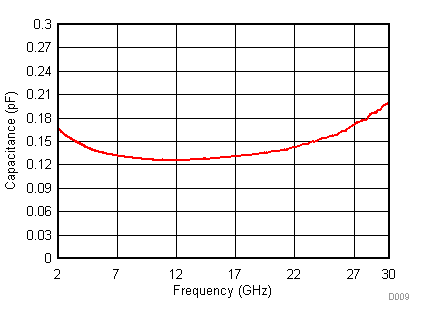 Figure 9. Capacitance vs. Frequency
Figure 9. Capacitance vs. Frequency
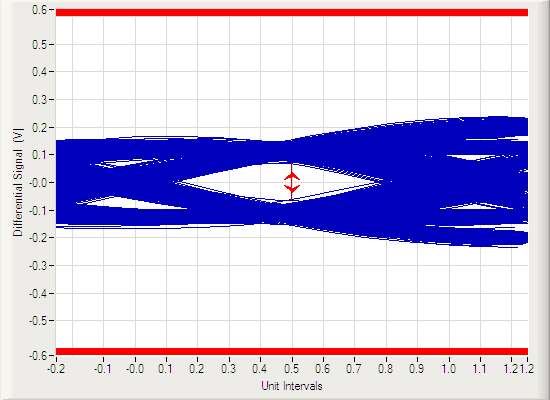 Figure 11. USB3.1 Gen 2 10-Gbps Eye Diagram (Bare Board)
Figure 11. USB3.1 Gen 2 10-Gbps Eye Diagram (Bare Board)
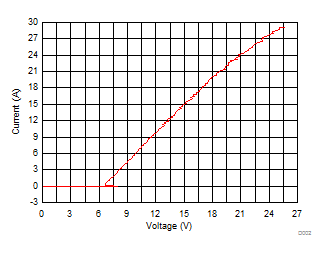
A.
Figure 2. Negative TLP Curve
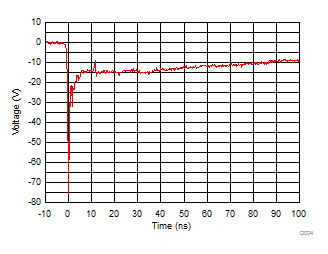 Figure 4. –8-kV IEC Waveform
Figure 4. –8-kV IEC Waveform
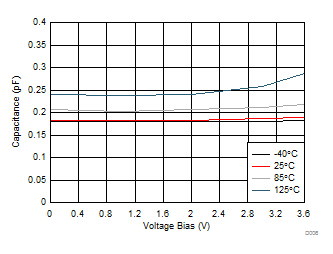 Figure 6. Capacitance vs. Bias Voltage
Figure 6. Capacitance vs. Bias Voltage
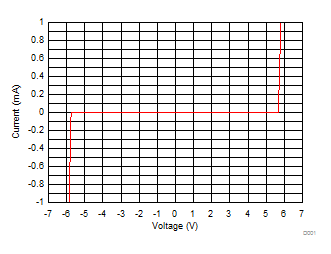 Figure 8. DC Voltage Sweep I-V Curve
Figure 8. DC Voltage Sweep I-V Curve
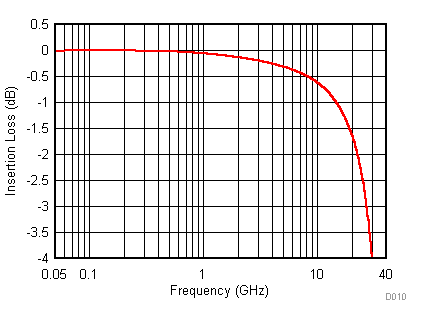 Figure 10. Insertion Loss
Figure 10. Insertion Loss
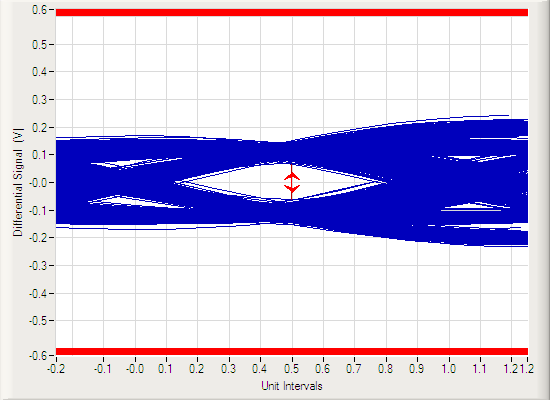 Figure 12. USB3.1 Gen 2 10-Gbps Eye Diagram (with TPD1E01B04)
Figure 12. USB3.1 Gen 2 10-Gbps Eye Diagram (with TPD1E01B04)